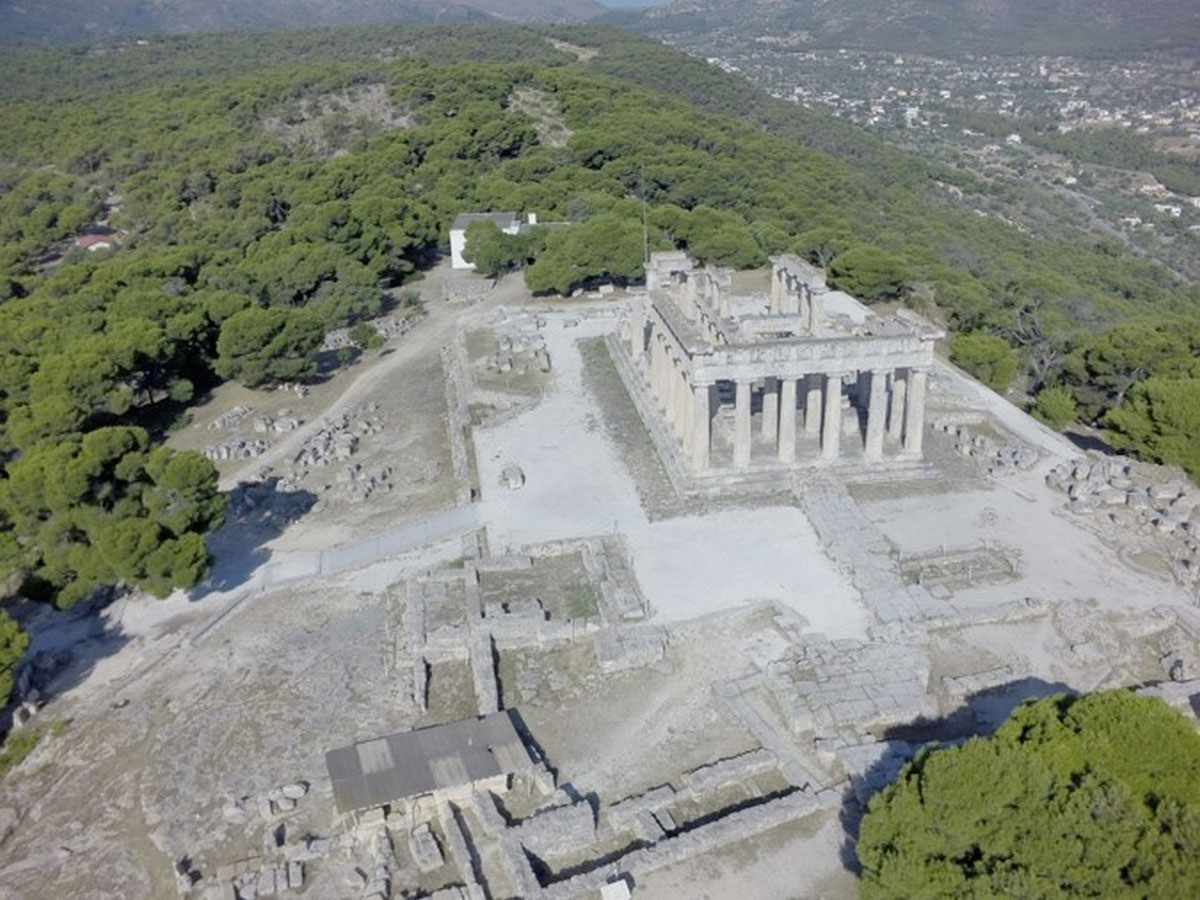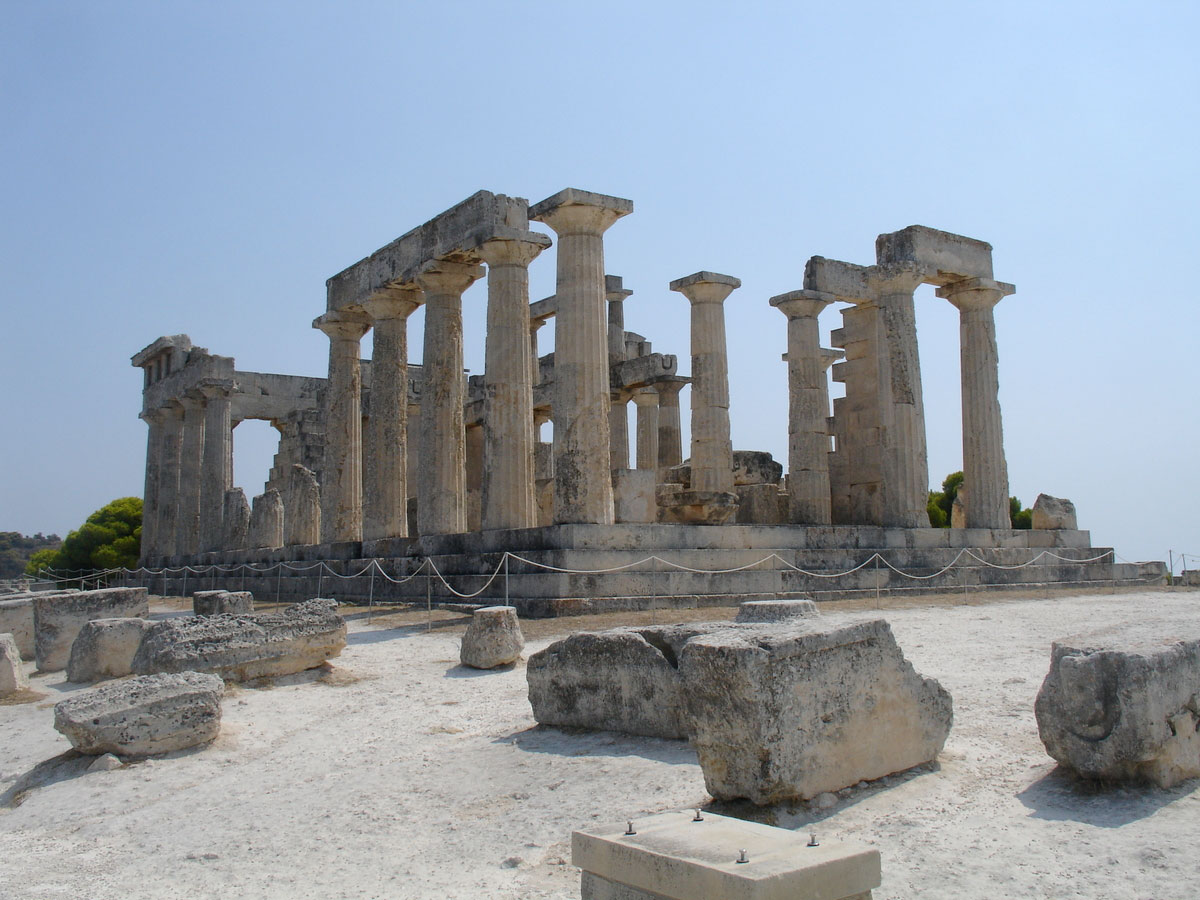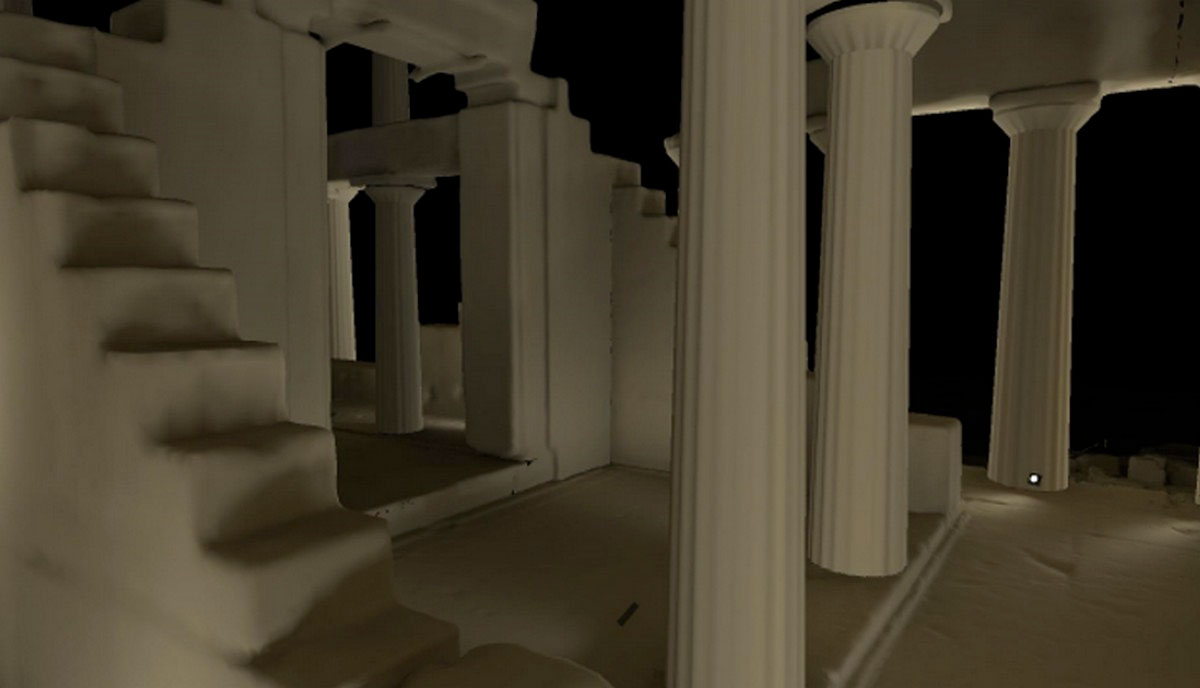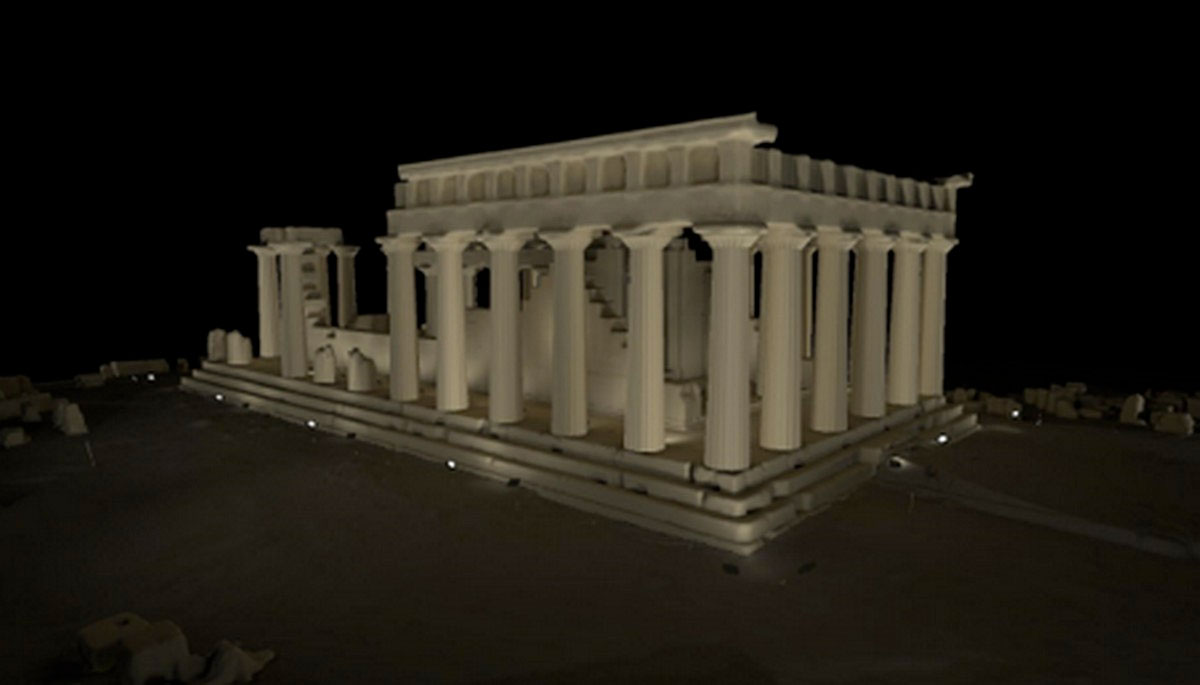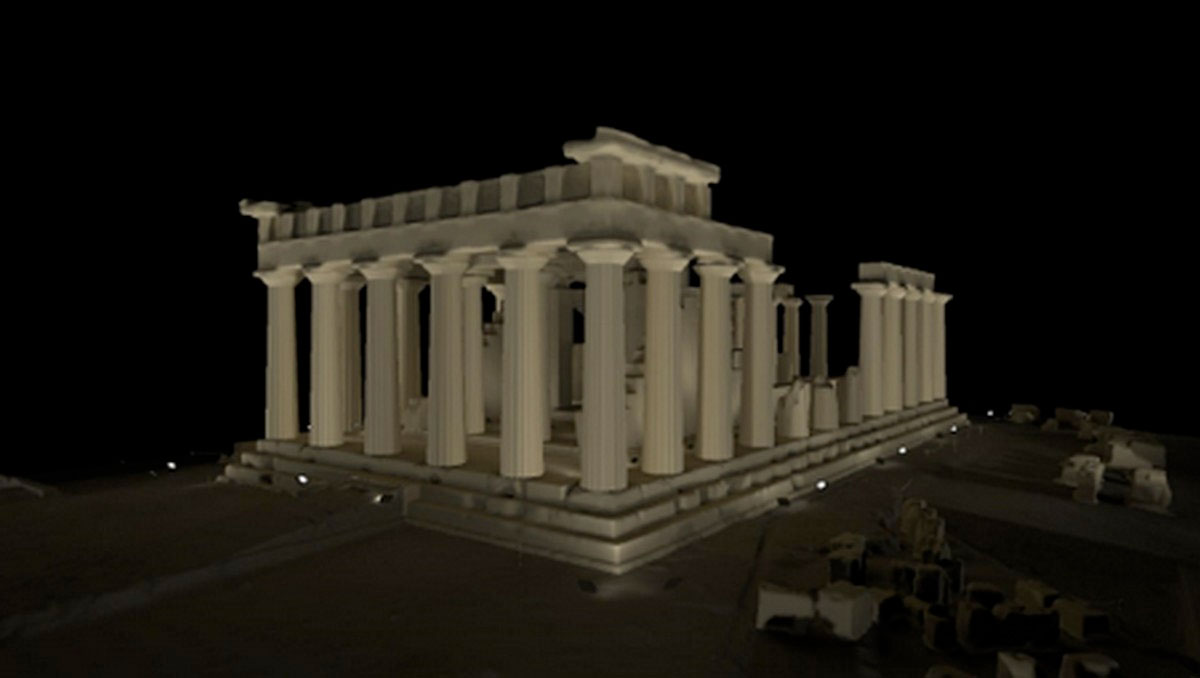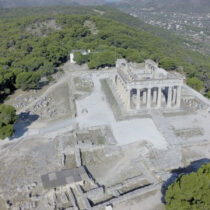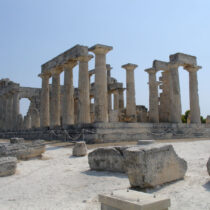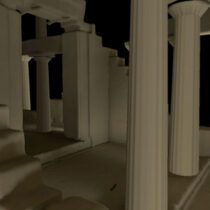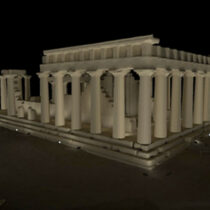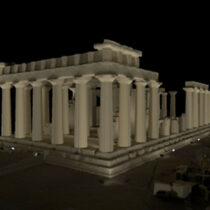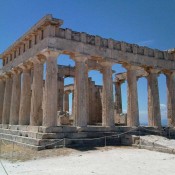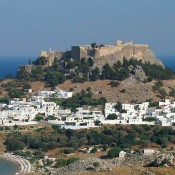The Central Archaeological Council approved the study for the lighting of the Temple of Aphaia in Aegina. The aim is to highlight the monument and its immediate surroundings, without interventions and alterations to its character, but also in a way that makes its volume and geometry immediately perceptible.
Minister of Culture and Sports Lina Mendoni stated : “By lighting the Temple of Aphaia in the manner of the Acropolis and the Ancient Agora of Athens, not only are we granting a long standing and fair request by the people of Aegina but we are also fulfilling the need to highlight standing ancient monuments in a scientific and aesthetically correct way. The use of appropriate lighting will enhance a visitor’s experience of this site, as it highlights the architectural structure of the Temple of Aphaia, the third dimension of the entire monument, but also the volume of its individual elements. Since this intervention is part of a wider development project , it has been included in those of the Ministry of Culture and Sports being financed by the Recovery Fund”.
The Temple of Aphaia will be lit with new technology and high colour efficiency LED floodlights. These are luminaires autonomously adjustable at all levels, offering considerable flexibility in creating different lighting scenarios, optimizing levels of uniformity and saving energy. The study was prepared on the basis of self monitoring by the Ephorate of Antiquities of Piraeus and the Islands after its assignment to the company of “Eleftheria Deko & Associates”, taking into account the general principles of the proper lighting of monuments and public spaces, as well as required regulations.
The Temple of Aphaia
The Temple of Aphaia is one of the most significant and well-preserved monuments in Greece. It is the most important surviving monument of the Sanctuary dedicated to Aphaia. The temple was built around 500-490 BC and is a peripteral structure in the Doric order. It is a breakthrough for ancient Greek architecture having colonnades of 12 and 6 columns on the long and narrow sides respectively, abandoning the elongated proportions of archaic temples. The pediment sculptures take their subject matter from the Trojan War, in which warriors from Aegina and descendants of Aiakos, king of the island, distinguished themselves.
